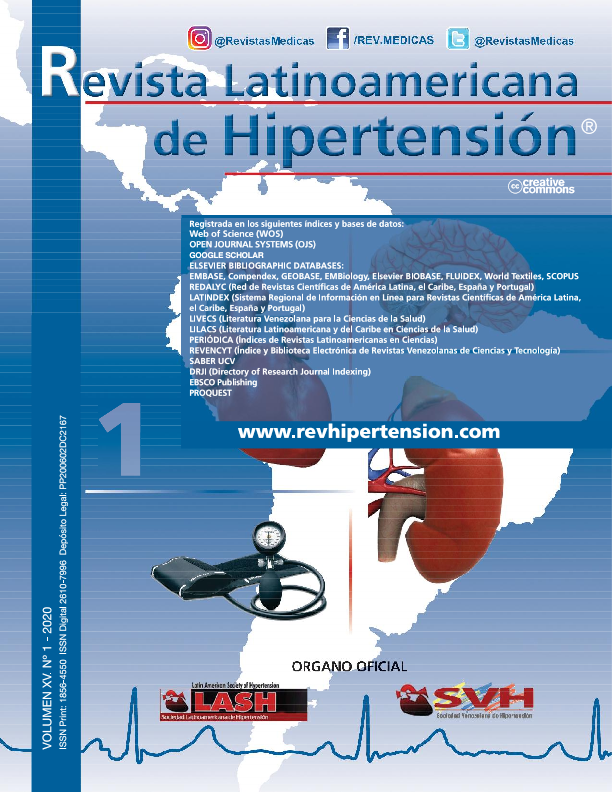Evaluation of acute myocardial infarction management guidelines` indicators (Stent save a life, code 247) in patients referred to cardiology Department of Valiasr Hospital in Fasa, Southwest of Iran 2019
Keywords:
Myocardial infarction, Guidelines, Evaluation, Angioplasty.Abstract
Introduction: Acute myocardial infarction is one of themost common and major health problems in most societies.Implementation of acute myocardial infarctionmanagement guidelines will play a key role in preventinghigh-risk complications and improving treatmentoutcomes. The purpose of this study was to evaluate theindicators of acute myocardial infarction managementguidelines` indicators (Stent save a life, code 247) in patientsreferred to the cardiac ward of Vali Asr Hospital insouthwest Iran in 2019.Methods: This study was a cross-sectional study in whichthe indicators of acute myocardial infarction managementguidelines (code 247) were studied for 15 months fromApril 2018 until the end of June 2019. Sampling was doneby census. Accordingly, 153 patients were studied. A checklistconsisting of demographic data and information relatedto the implementation of the MI management guidelineswas used to collect the data. Data were analyzed by SPSS,version 23, software and descriptive statistics.Results: 77.1% (118) of patients were male and 22.9%(35) were female. Mean and standard deviation of age ofpatients were 60.58 ± 12.43. Regarding the timing indicesfor receiving services, the results of the study showedthat the Door to Code TIME (time duration of patient admissionto the hospital to activation of the code 247) was12.36 ± 6.25 in this study, which should be less than 10minutes. Also, the duration of the Door to Device Time(time duration between arrival of the patient with acutemyocardial infarction to performing the angioplasty) was180 minutes in the present study, which should be lessthan 90 minutes.Conclusion: The guidelines for the management of myocardialinfarction (247) were not ideal in some of the indicatorsin the studied unite that the effective barriers andchallenges needed to be studied and improved. It is alsorecommended that these protocols be continuously evaluatedto provide better efficacy.Downloads
Download data is not yet available.
Downloads
Issue
Section
Artículos

